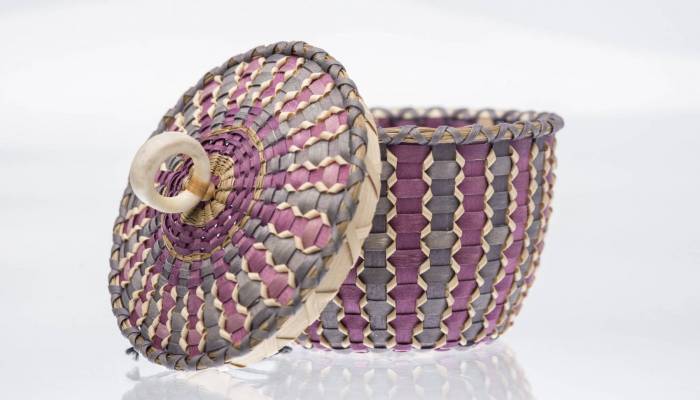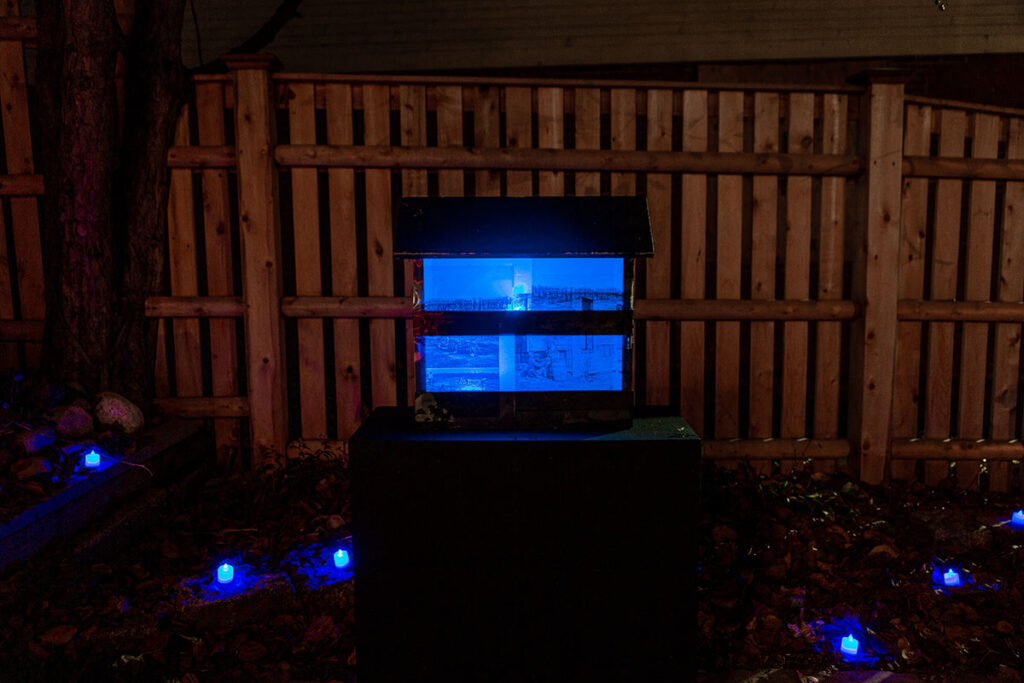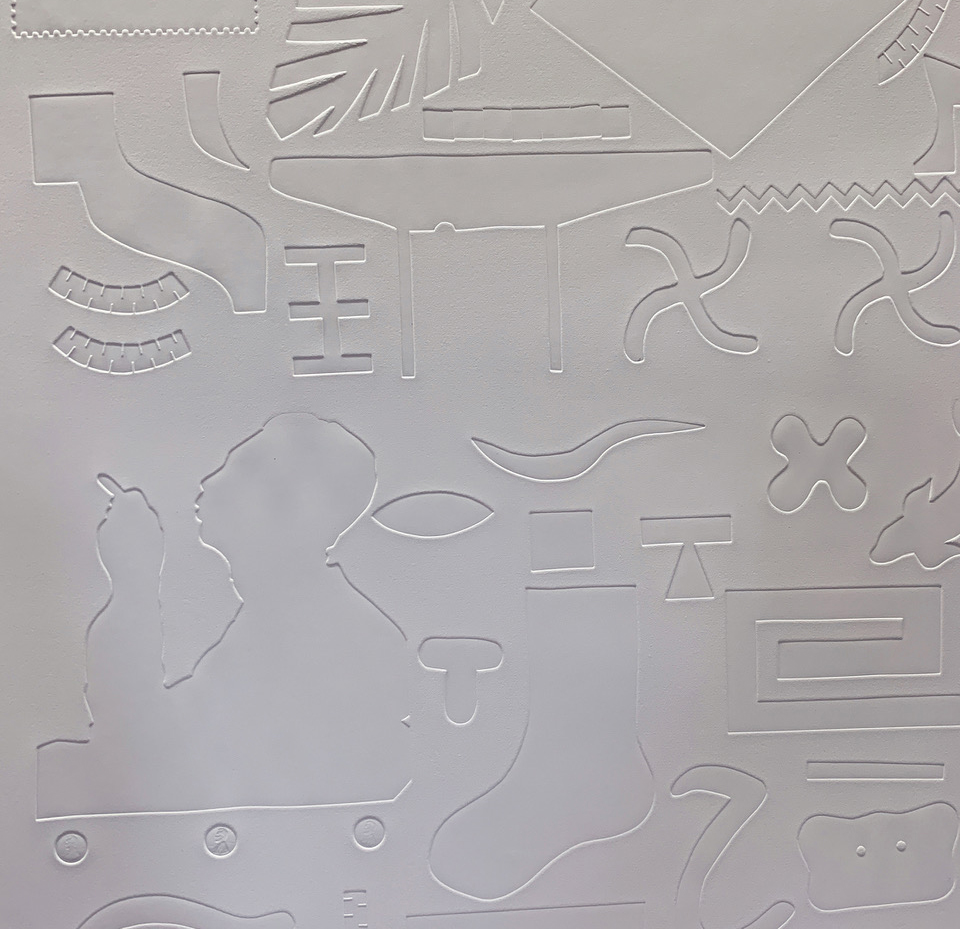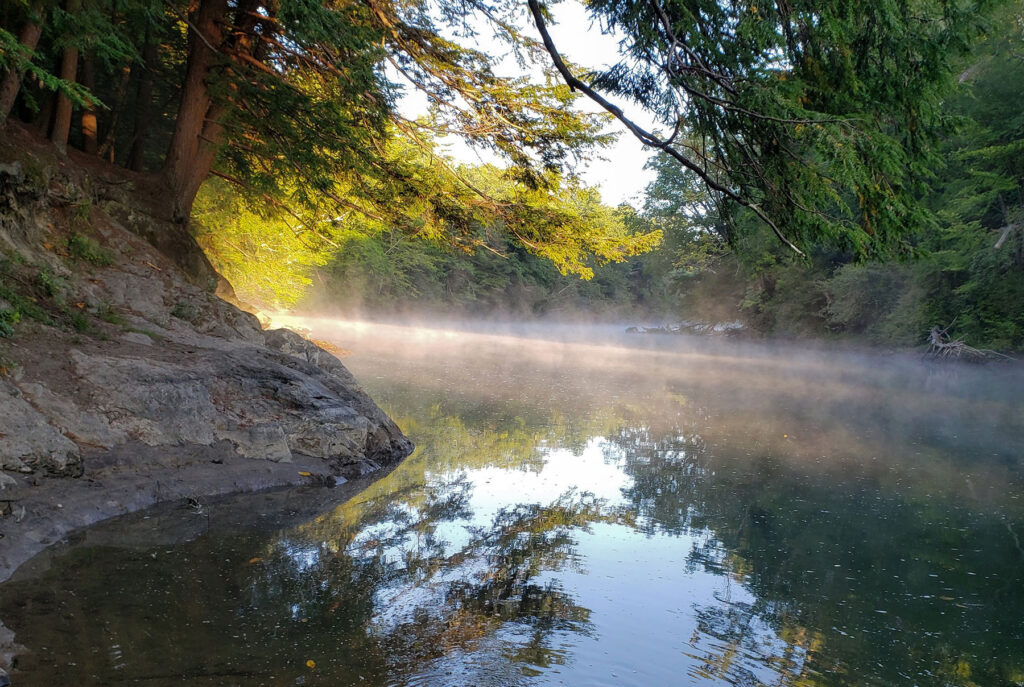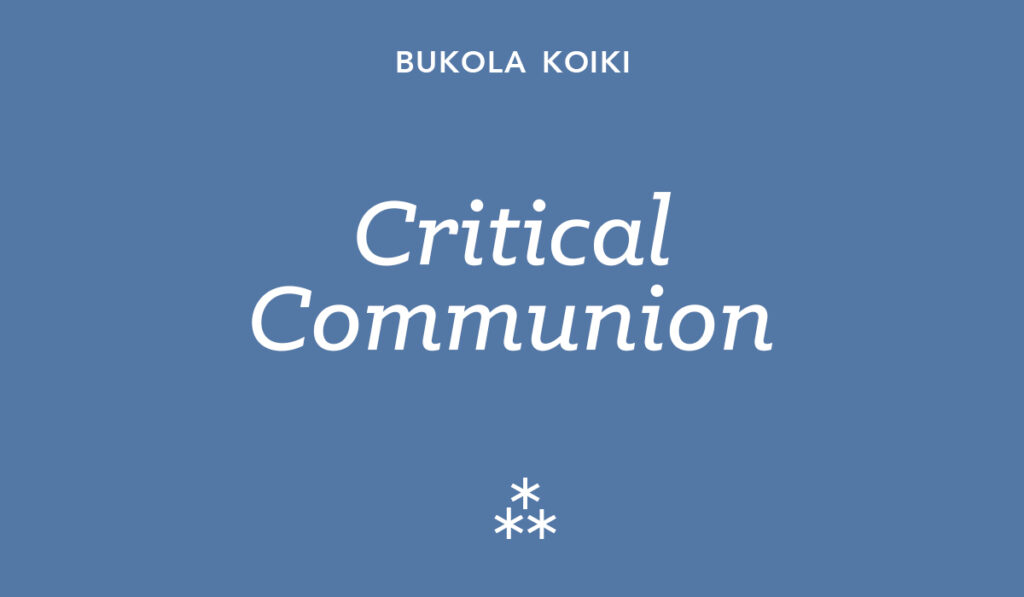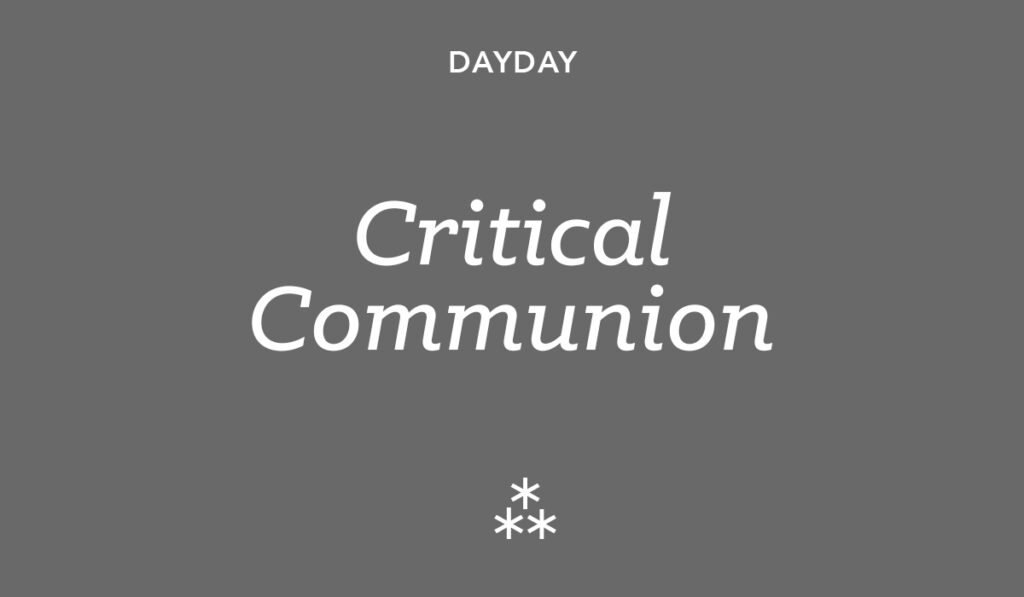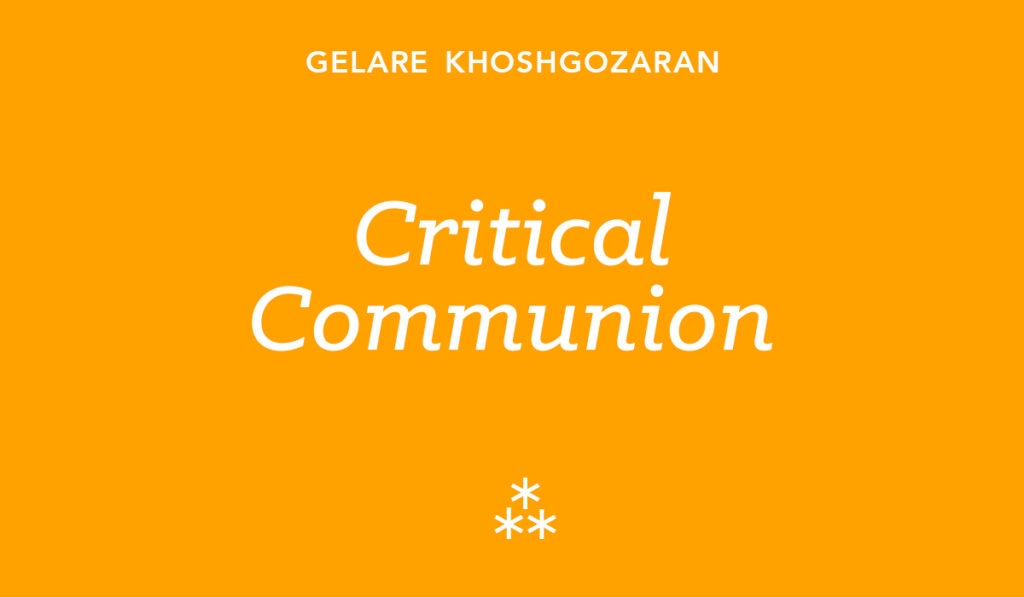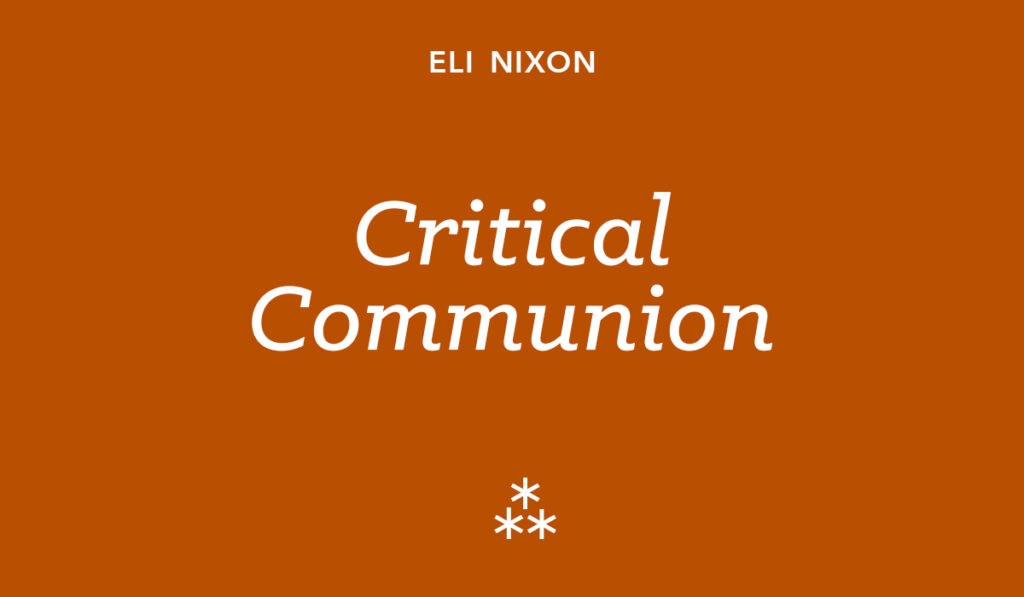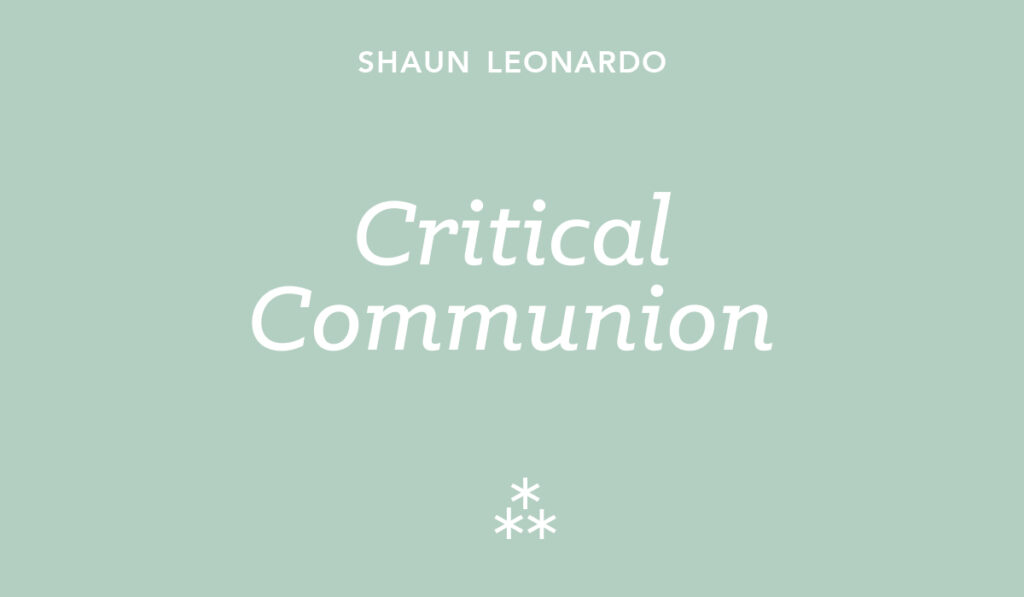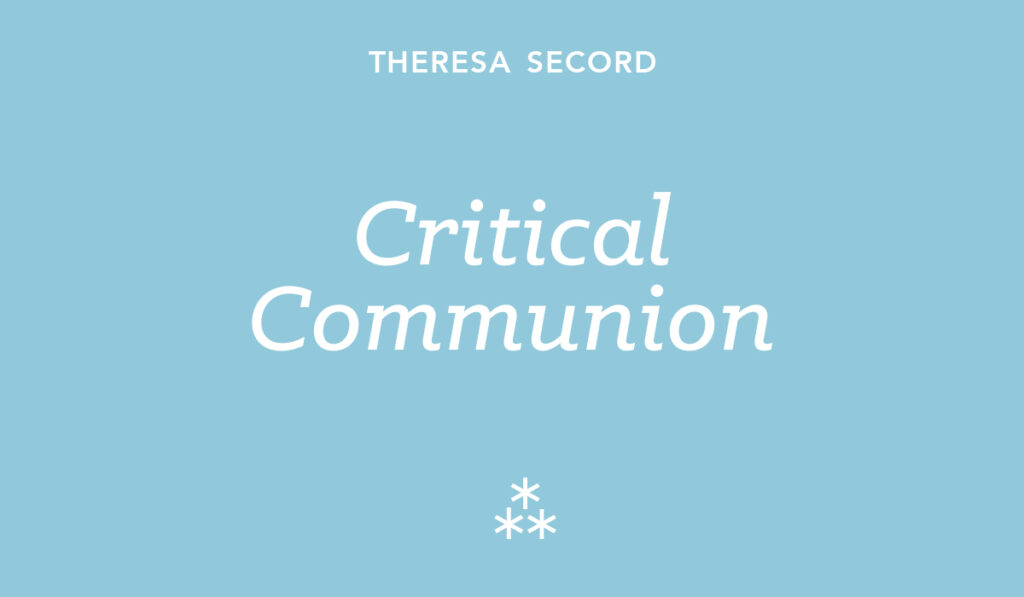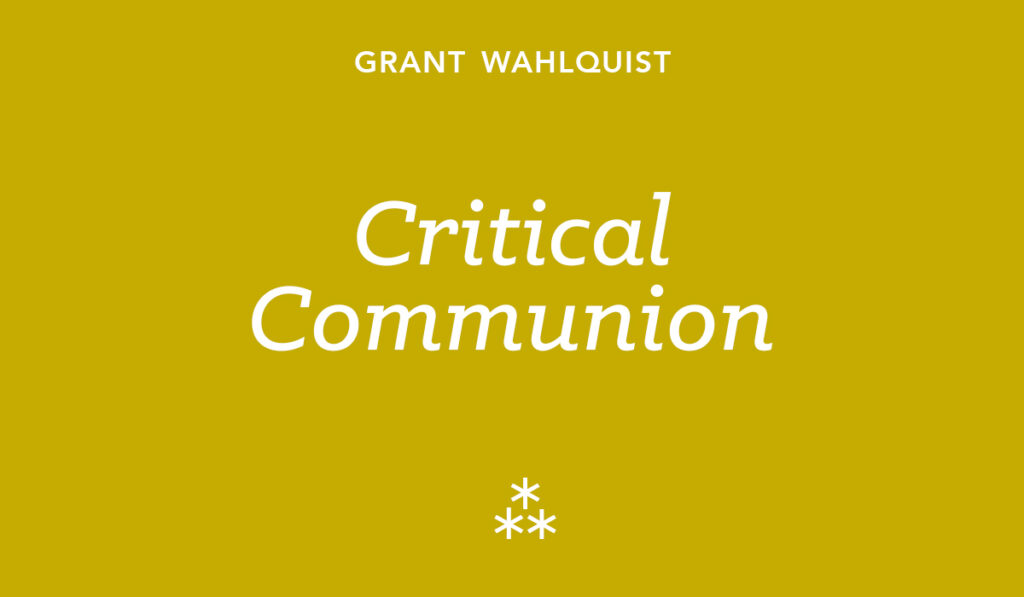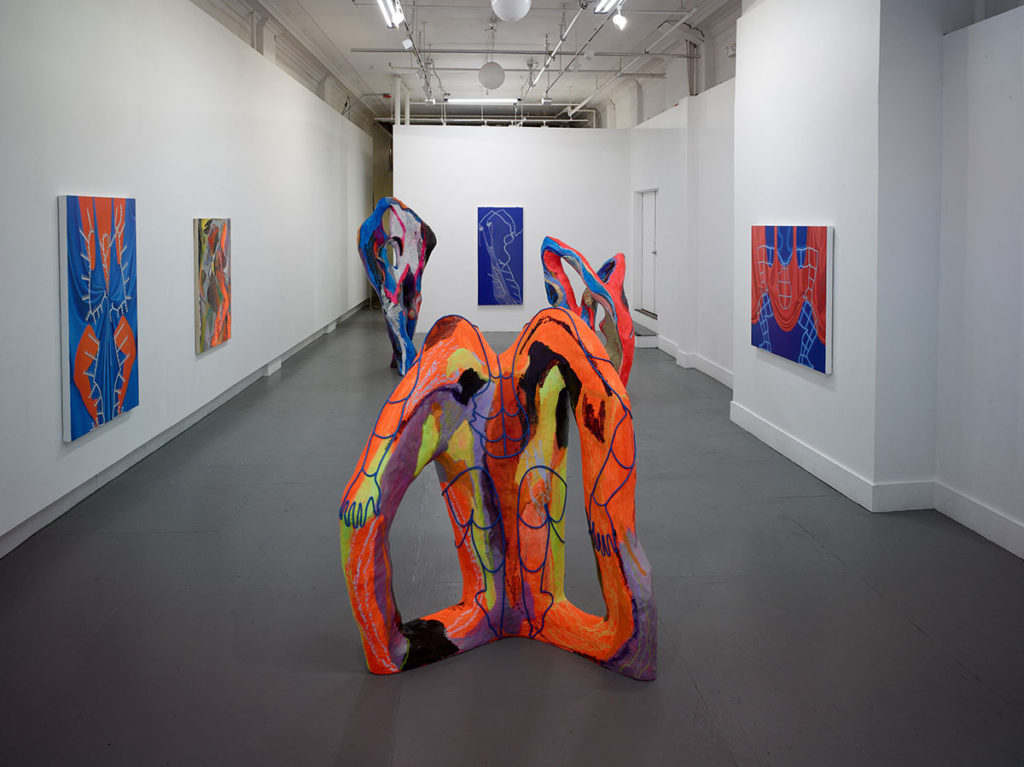by Ashleigh Burskey & Catnip James
Spend enough time in Maine and you’re bound to hear the phrase, “You can’t get there from here.” It’s usually ground through the Mainer accent so that it sounds more like, yeh can’t get they-ahh from hee-ahh. Contrary to what the phrase literally says, it doesn’t mean a location is literally inaccessible. It implies rural abandonment and emphasizes a location’s remoteness, so the speaker is basically saying, “Yes, you can get there from here, but it’s going to be a bitch of a trip.”
Mainers know this feeling well, especially when traveling anywhere outside of the I-95 corridor during the dead of winter or the height of tourist season. It’s a mess. However, the phrase also implies untouched beauty, a place so far from mainstream civilization that it remains cemented within the natural world. A bastion, if you will, of what the world would look like with less human intervention.
Earlier this year, the Portland Museum of Art (PMA) hired Alison Ferris, the curator of the John Michael Kohler Arts Center in Wisconsin, to curate the museum’s 2015 art biennial. (This is the first time the biennial has been produced by a single steward, not a jury of independent judges.) As Ferris developed the exhibit, she became fascinated with the phrase above, so much so that it became the name of this year’s biennial exhibit, You Can’t Get There From Here, which opened on October 8th and runs until January 3rd. The question is, does the exhibit capture the phrase?
The Big Why
Upon entering the exhibit guests are greeted by finely woven baskets and landscape paintings. As you proceed, there’s more of the same: painted seascapes, baskets shaped like corn, black-and-white photos of bridges, black-and-white photos of beaches. Tucked away in the back are a few new media pieces, though it’s clear these were not given priority.
It’s all very nice-nice, very clean. The artwork depicts talent, skill, and dedication to craft. No single piece can be called amateur or uneducated, but none can be called radical or ridiculous. They fall into the category of “safe,” artwork that can be hung on walls without worry of offending anyone. There’s no challenge in appreciating these works. Audience members see them, acknowledge their existence, maybe nod a few times, and then move on. It’s all mostly boring.
Which begs the question, why use the above phrase as a title for such an exhibit? No one goes, “Oh, you’re looking for Phil’s place? You can’t get there from here. It’s right across the street.” That wouldn’t make sense. If Phil’s place is right across the street, why wouldn’t someone be able to get there from here? The phrase implies obstacles and struggle.
So again, why do it? Why name an exhibit after a phrase that emphasizes difficulty, when the exhibit itself is so simple and unexciting? The pieces within this exhibit are too refined to promote rural abandonment, too polished to showcase untouched beauty. They relate less with the ruggedness of the phrase in question and more with the pristine imagery of stock photos and magazine advertisements. They’re Vacationland artwork.
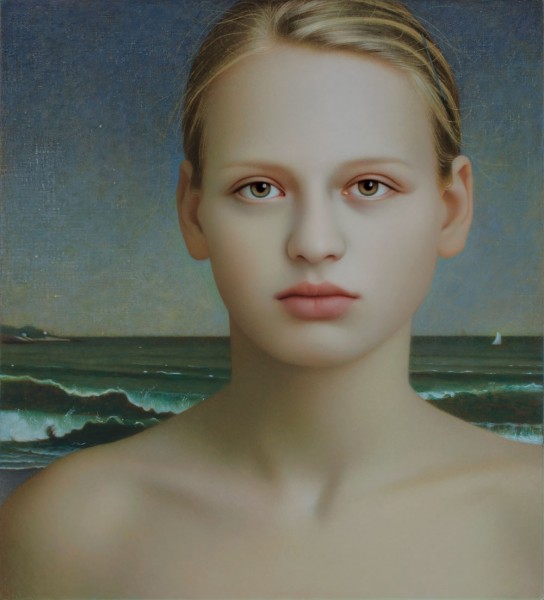
The Exhibit’s Representatives
The PMA openly states that all 32 included artists have connections to Maine, and that 22 of the artists live within the state. The thing is, having a connection to a place doesn’t necessarily equate to artistic and emotional understanding of that place. Many of us can say we have a connection to the ocean because we can see it from our offices, homes, or cars, but that belies the realistic, tumultuous nature of the ocean. We’re seeing it from a safe, distant vantage point, and that’s how this exhibit feels: seeing Maine through distant eyes.
Experiencing Maine is about experiencing its beauty and its complexity. It’s about appreciating the view from Munjoy Hill in Portland, while at the same time feeling uncomfortable with the homeless problem. It’s about driving far from the I-95 to see the changing leaves of autumn, but passing an economically depressed horse farm where the livestock look like skeletons. Where is the art that combines this strange nestling of beauty beside chaos? Where is the pushing of artistic boundaries to pierce through the manufactured image of perfection?
There is more to Maine than the surface sheen that so many artists want us to see. We should not turn a blind eye to the uncomfortable parts simply because it’s easier to view the state as its idyllic alias of Vacationland.
Enough is Enough
The PMA should be the bellwether behind which Maine-based artists can follow, learn from, and feel free to grow. They should encourage works of art that entice as much as disgust, because Maine can provide both of those categorical emotions. It’s not a one-or-the-other decision. People will still come for Vacationland, even if the artwork makes them uncomfortable or challenges them to search within themselves for an answer to a question they didn’t want to ask.
Instead, we have an art museum hiring an out-of-state curator to produce an exhibit, the result of which feels like it was produced by a tourist too disconnected from Maine to understand a local phrase. The artwork isn’t bad, but they don’t make sense under the umbrella of the exhibit’s theme. Until people demand more from their art institutes, exhibits such as You Can’t Get There From Here will continue to use local phrases/culture/experiences as a means of perpetuating a storybook illustration of Maine.
Artists and art institutions have to push themselves past the manufactured messages of Vacationland, past the antiquated fascination with fine art, past the peaceful bliss of banal symbols. It won’t be easy, of course. It’ll take years before we see serious change, but as the saying goes, you can’t get there from here. And damn it, this journey will be worth it.
You Can’t Get There From Here: The 2015 Portland Museum of Art Biennial continues through January 3, 2016.
Portland Museum of Art
7 Congress Square, Portland, Maine | 207.775.6148
Open Tuesday, Wednesday, Saturday, and Sunday 10am–5pm, Friday 10am–9pm, Third Thursdays 10am–8pm. $12 adults, $10 seniors and students, $6 youth 13–17, $5 surcharge for special exhibitions. Free for children under 12, members, and everyone on Friday evenings 5pm–9pm.
Ashleigh is an Entrepreneurial Artist and Cofounder of The Chart and BUROKO.

